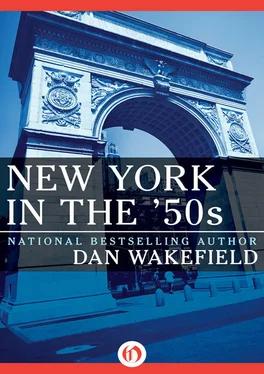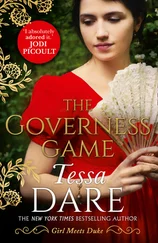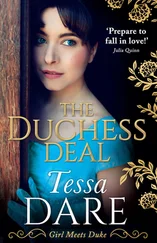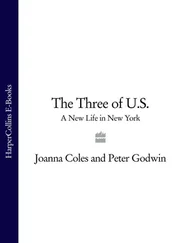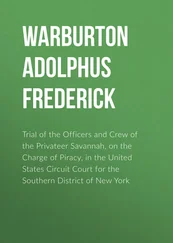The West End owed its literary rep to Ginsberg, Kerouac, and other beats who frequented the place in the forties, and some of them reappeared in our own time. Jane Richmond saw Kerouac there just after On the Road came out and she was a senior at Barnard. “He loved women with dark hair,” she says. “He’d look at me and say, ‘You Greek girl? Why you all look like that?’” She had also met Ginsberg, “one of the sweetest people I’ve ever known. He told someone I always looked like I was wearing a big picture hat.”
Ginsberg got the right image for Jane—a sense of largesse, bigness of spirit, a celebratory air. Her smile, her ability to make you laugh, her very presence, lit up the time and place.
I didn’t meet Ginsberg at the West End back then, but I knew about him. He was a personage on the Columbia scene, a mixture of mystery and legend even before the publication of Howl had made him famous. A rumor buzzed among literature students that he’d been the inspiration for the brilliant, troubled student in Lionel Trilling’s short story “Of This Time, of That Place,” though Trilling later denied the character was based on any real people.
No one denied that Ginsberg had been suspended from the college and spent time at the Columbia Presbyterian Psychiatric Institute: “The people here see more visions in one day than I do in a year,” he wrote his student friend Jack Keroauc. Both Trilling and Mark Van Doren testified for Ginsberg when he was brought to trial for possession of stolen goods. He had gotten mixed up with friends who pulled a robbery and stored the loot at his apartment; Van Doren told him he had to choose between criminals and society (“Some of us here have been thinking that it might be a good thing for you to hear the clank of iron”). Ginsberg was later cleared of the charge.
Besides such notorious escapades, Ginsberg was known for his talent as a poet, and was even recognized as such by Norman Podhoretz, a fellow student who became his literary arch-rival. “What I remember about him was his virtuosity with metrical forms,” Podhoretz recalls. “I remember him writing something in heroic couplets, and he wrote in other traditional forms, so when he busted loose it was not as if he couldn’t write conventional verse. He was more like an abstract painter who was good at figurative stuff.”
Ginsberg was starting to read Whitman then, and felt at odds with the prevailing academic attitude toward poetry. “When I was at Columbia,” he says, “Shelley was considered a jerk, Whitman ‘an awkward prole,’ and William Carlos Williams wasn’t in the running.” Ginsberg felt alienated from the faculty in other ways was well: “I told Trilling I smoked grass and he was horrified. He thought it was a nineteenth-century disease.”
My friends and I at Columbia in the fifties would have been as shocked. “I was surprised by the beats coming out of Columbia,” Max Frankel says. “That was a side of the college I never knew, and it was just a few years before me. We were such innocents. There wasn’t any dope around, and a beer party was a big thing.”
Because we were serious students who hit the books not out of a sense of duty but from a driving curiosity to find answers, to understand, didn’t mean we spent all our time holed up in the library. “New York is our laboratory” was a jocular toast, as we winked knowingly and clinked glasses of draft beer at the San Remo in the Village, swilling it to give us the courage to pick up the wistful girls at another table whose long hair and sandals we hoped were signs of bohemian belief in free love (it more likely indicated a sophisticated disdain for college boys).
New York was not just our laboratory but our theater, our art museum, our opera house. It was one thing to take a music appreciation course—students at any college did that—but quite another to have the music of great professionals performed live. Mike Naver got us standing-room tickets for Don Giovanni at the Metropolitan Opera (the old one, on 39th and Broadway), and we looked over the massive, gilt-embellished tiers of boxes under jeweled chandeliers. This was the real thing.
New tastes burst inside me like music when I went to my first French restaurant, a modest place with red-checked tablecloths in the West 50s called the Café Brittany, where students and young office workers could afford to take a date for dinner. Continental cuisine had not made its way to the cities of the plains back then; I had known of no French food in Indianapolis. The Mandarin Inn, with chop suey, and the Italian Village, with the first post–World War II pizza, had been our exotic foreign restaurants.
What knocked me out in the Brittany was not so much the sauces and the tender flesh of coq au vin (so different from the chicken I knew, fried to a crisp) but the revelation—to a boy who had grown up eating vegetables condemned to death by midwestern ritual boiling rites—that green beans could actually have a taste.
That sense of bursting open, of blooming, accompanied all these excursions into the city. Here was the source, the living experience of books now lifting off the page, as after art appreciation classes I went for the first time with Columbia friends to the Museum of Modern Art. I was overwhelmed, shaken up, and turned around by Picasso’s stark, howling Guernica , with arms that seemed to stretch from the canvas into my heart and mind.
I loved New York and Columbia, and was stricken when I had to stay out the fall semester of my junior year, but grateful I was alive to return after a car wreck in August 1953 put me in the South Chicago Community Hospital with a broken and dislocated fifth cervical vertebra. I was in traction for three months, and read the Greek tragedies and Dos Passos’s U.S.A . with the aid of a pair of refracting glasses, as well as letters and copies of Spectator from my friends back at Columbia. I went home in a body cast and eagerly returned to Morningside Heights in a neck brace for the spring semester of 1954.
I took to smoking little cigars called Between the Acts, which came in a red and white tin, and making forays to Greenwich Village with Malcolm Barbour, whom I got to know in a writing class. My image of Englishmen was of stiff, tea-drinking gentlemen, but Barbour was a rumpled, irreverent, beer-drinking Brit, a regular guy whose humor was simply funneled through an accent. We became good friends, comparing rejection slips, reading each other’s stories, dreaming of beautiful girls.
Once, while drinking our beers in a booth of the San Remo and speaking of the stories we wanted to write and the sex we wanted to have (our ongoing obsessions), our privacy was suddenly invaded by a wild man who looked like a bum, waving sheets of paper at us with poems he had written. He wanted to sell them, for either a dime or a quarter apiece (the price was negotiable). We got rid of him as quickly as possible and laughed as he left. A long-haired woman on her way back from the bar saw us laughing and said reproachfully, “That’s Bodenheim.”
“Bodenheim?” Barbour asked me as the woman moved on. “Who the hell’s Bodenheim?” I didn’t know either, and we watched as the poor man went to other tables and booths, trying to sell his wares. Most everyone seemed to know him, and some greeted him kindly, but no one that night bought any poems. In our undergraduate giddiness, Barbour and I thought the name itself was funny: “Was that Bodenheim? ” “Don’t you know Bodenheim? ” I later learned, to my shame, that the man we were mocking had been a well-known poet in the twenties, one whose work Mark Van Doren had published in The Nation .
When I lived in the Village, I saw Bodenheim again on other nights in the San Remo, a favorite hangout of his and a source of sales. He always made me uncomfortable, not only out of guilt because I had thought him a wino pretending to be a real poet, but also because he was a real poet, one whose work had been recognized and acclaimed, and this was the end to which he had come. I liked to think justice triumphed, especially in literature—that serious artists who didn’t sell out would somehow be rewarded or saved. I knew all the tragic stories of poets’ lifelong struggles and early deaths, but I never had seen a poet whose presence proved that not all literary stories had a good ending, that refusing to sell out could lead in old age to selling one’s work in a bar for spare change.
Читать дальше
